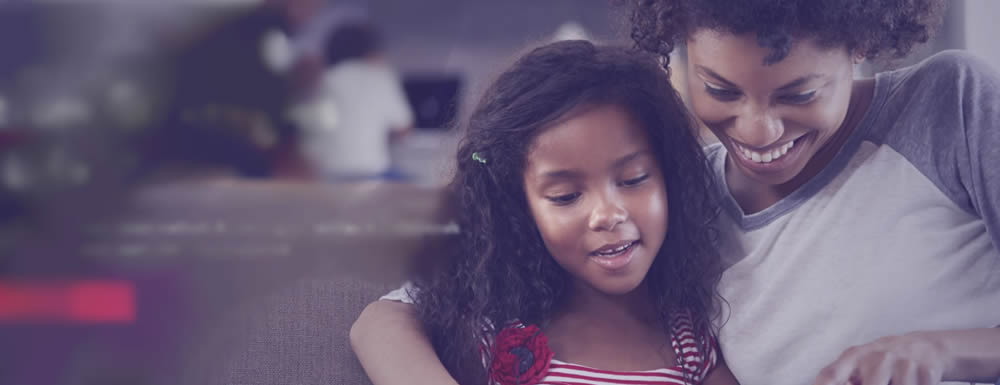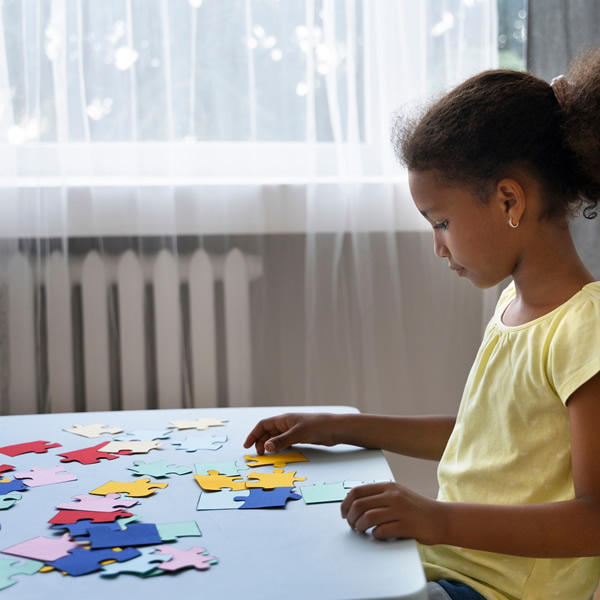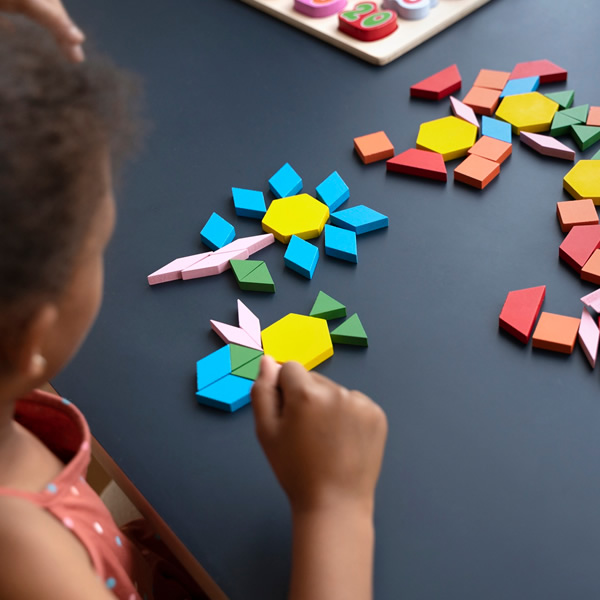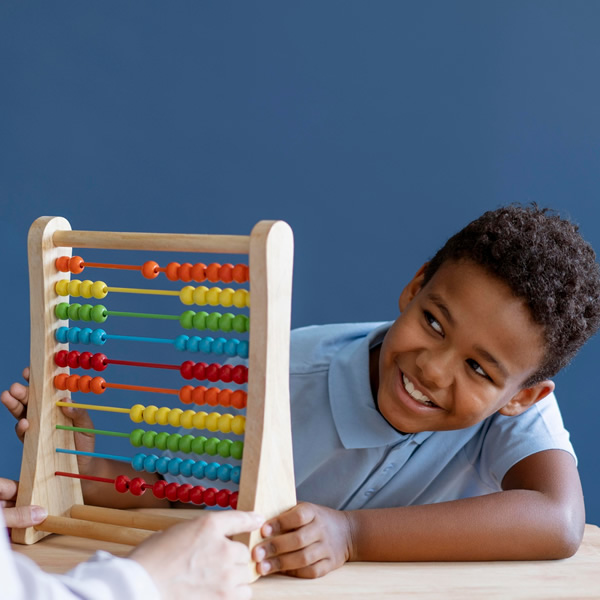Autism Development Milestones

Autism Development Milestones
Children diagnosed with autism spectrum disorder (ASD) often have developmental delays, defined as reaching their social, emotional, communication, cognitive, and physical milestones in different ways than neurotypical people do. But "developmental delays" is an oversimplification that fails to capture the breadth of development in autistic people. Most autistic children reach some of their developmental milestones on time or early—sometimes extraordinarily so. Others may be late, lose ground over time, or not develop at all.

Language development in autistic children
All children start developing language from the day they’re born. This happens through relationships and play with other people. Autistic children might need support to develop language skills. This is because they’re often focused on details in the world around them. As a result, they might miss opportunities for learning language skills, like understanding what people say to them and expressing themselves using words. For example, a 3-month-old baby who’s distracted by a ceiling fan is less likely to tune in to a smiling and tickling game with their parents. By 9 months, if the baby still isn’t tuning in to parents, they’re less likely to point at things they want to share with parents. The baby is less likely to listen to their parents as they name things. This means the baby misses these chances to learn words.
Creating opportunities for autistic children to use language
To develop language, autistic children need regular, meaningful and motivating opportunities to use and practise language and language skills. You can create meaningful and motivating opportunities for your autistic child to use language as part of everyday activities together. For example, you could put your child’s favourite toy out of reach so your child needs to ask for it. Or you could take turns opening picture book flaps and talking about or showing each other what you’ve found. It’s important to pause long enough for your child to say what they’re thinking or feeling.
Autism and Physical Development
Learning about bodies and body parts helps autistic children understand and feel comfortable with their own bodies. Learning the differences between boy bodies and girl bodies and how bodies change as you grow up helps autistic children get ready for puberty. Looking at pictures in books is a good way to start. When you look at the pictures, you can show your child the differences between boys and girls. You can also talk about the differences between child bodies and adult bodies.
To see how people change from children to adults, your child could look at pictures of you at different ages. It might be hard for autistic children to imagine how things apply to them, so it can help to talk about your child’s own body. For example, ‘When you get older, you’ll grow hair on your face like Daddy’.


Social and Emotional Development
Some autistic children and teenagers need support to recognise, understand and manage their emotions. For example, your autistic child might interpret all negative or unpleasant emotions as anger or as physical sensations, like feeling heat or breathlessness. Or they might not recognise when they’re excited. Or they might label all emotions that are hard to describe as ‘being bored’. Some autistic children and teenagers might also need support to recognise, interpret and respond appropriately to other people’s emotions. For example, your child might not notice when someone looks confused or feels upset or angry. Or they might see someone who’s upset and incorrectly think that the person is angry at them. Working on awareness of their own and other people’s emotions is the first step in helping autistic children and teenagers learn about emotions.




